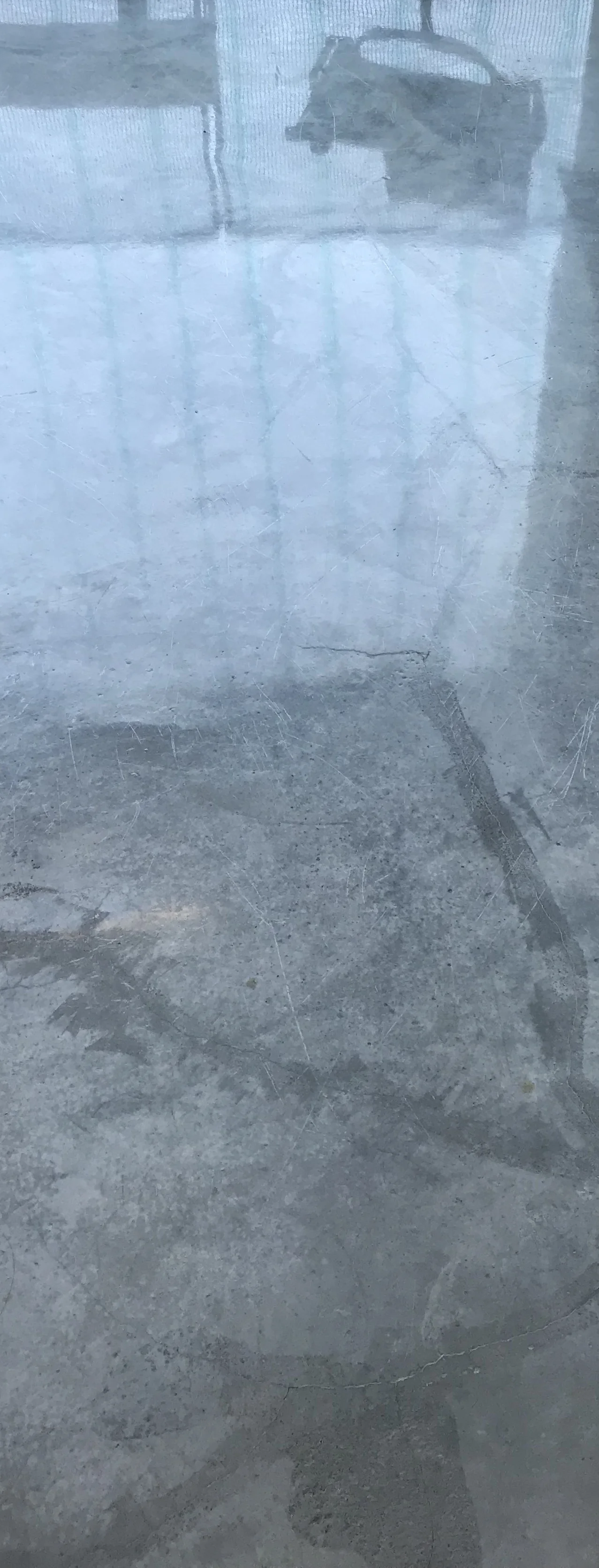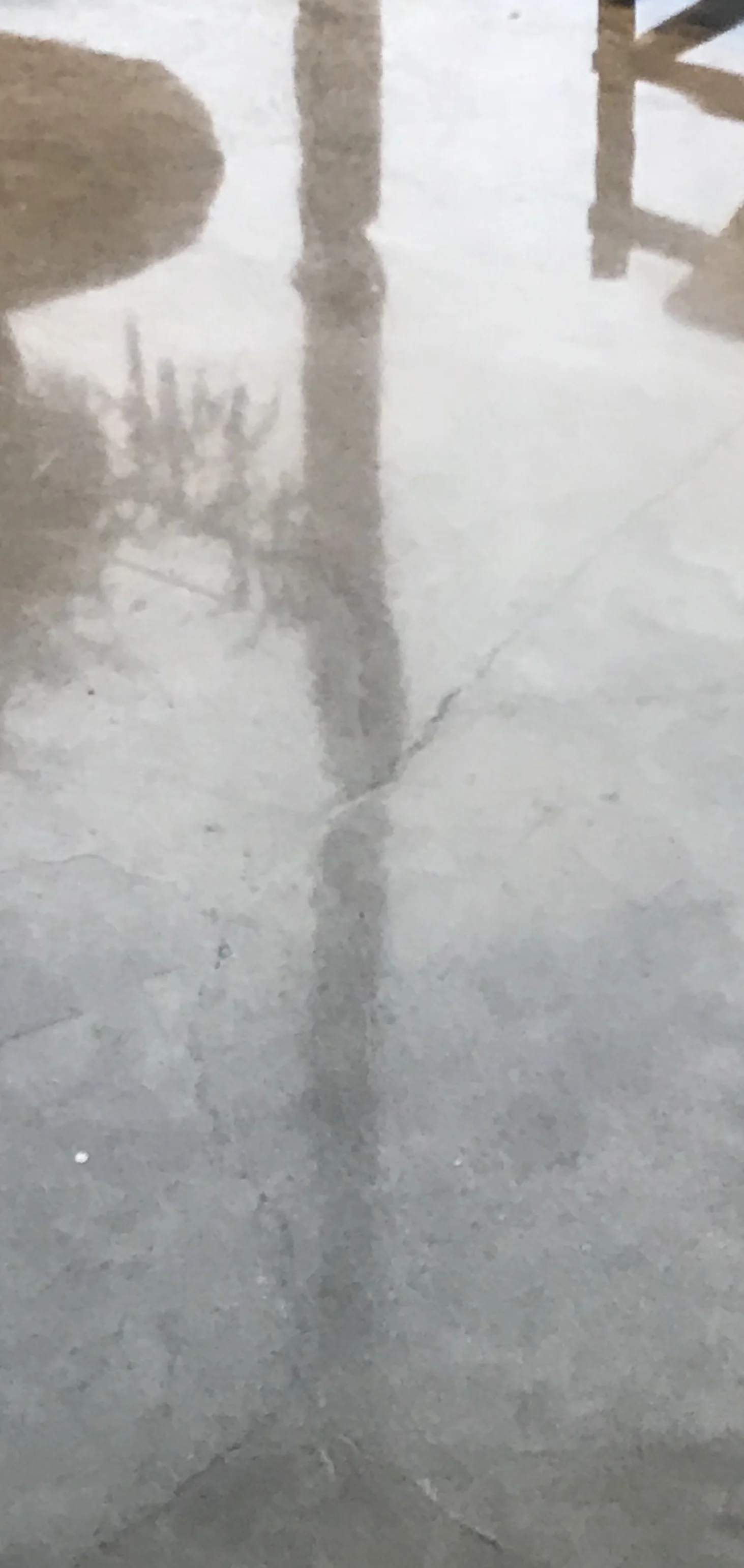fortuitous recovery
fortuitous |fôrˈto͞oədəs|
(adjective)happening by accident or chance rather than design
recovery |rəˈkəv(ə)rē|
(noun) a return to a normal state of health, mind, or strength
Fortuitous because I had no idea what I was doing. Recovery because I realized I actually did.
Using materials that bring me back to the zone of late night architecture school, I create a bas-relief series of basswood, vellum, graph paper, and graphite, designing fortuitous relationships between each element. Past works (Acrylic on Canvas, 2013-2018) are selected and inspired by segments of architecture reviews, periodicals, and terminology found in the stacks of Rapson, giving some conceptual grounding to paintings done intuitively, without thought of my architectural influences.
Exhibition : October 1, 2018 - January 4, 2019
Opening Reception : October 18, 2018 5:30 - 7:30pm
20 years ago, I had no idea what I was doing. I abandoned what I thought I wanted to be: an architect. “I didn’t even know where the Louvre was,” I actually told that to Dean White. When researching the field, my attentions could not stay on the task at hand, but instead I would get snagged by ideas for not just a few minutes, but for a few decades.
I realized that forms stayed with me over time, like a memory of my first kiss or my mother’s spaghetti. The form that stuck showed up in my paintings from the beginning, organizing my work. The Grid. I repeat this form to the point that I am no longer thinking about the action of making paintings. I get lost in the shape, and could be there to an almost infinite period.
…the grid is fully, even cheerfully, schizophrenic…logically speaking, the grid extends, in all directions, to infinity… (Krauss, 1979, p 60).
Krauss’ comment about the schizophrenic grid as never-ending seems spot on. The grid became a character in my work, no longer a formula. Pain was finding refuge in the never-ending creation of gestural squares all within reach of each other.
It served as clarity for me because it was about relationships. Not just on the flat page, but between the person and the object, the drawing of objects and the space not used. This station point, as it is called, is a concept I knew before I knew the word for it, is how I have approached my work, knowing how it would land in the end in a space with a person standing and absorbing it all.
There was a point when I discovered that where the building ends, begins the life of that space, that I did not want to be an architect anymore, but, rather, one who watches intently to see what is built from that day forward.
Location:
Architecture and Landscape Architecture Library
210 Rapson Hall
89 Church Street SE
Minneapolis, MN
This opportunity to explore the familiar stacks of a library underutilized is funded in part by the Five Wings Arts Council.






